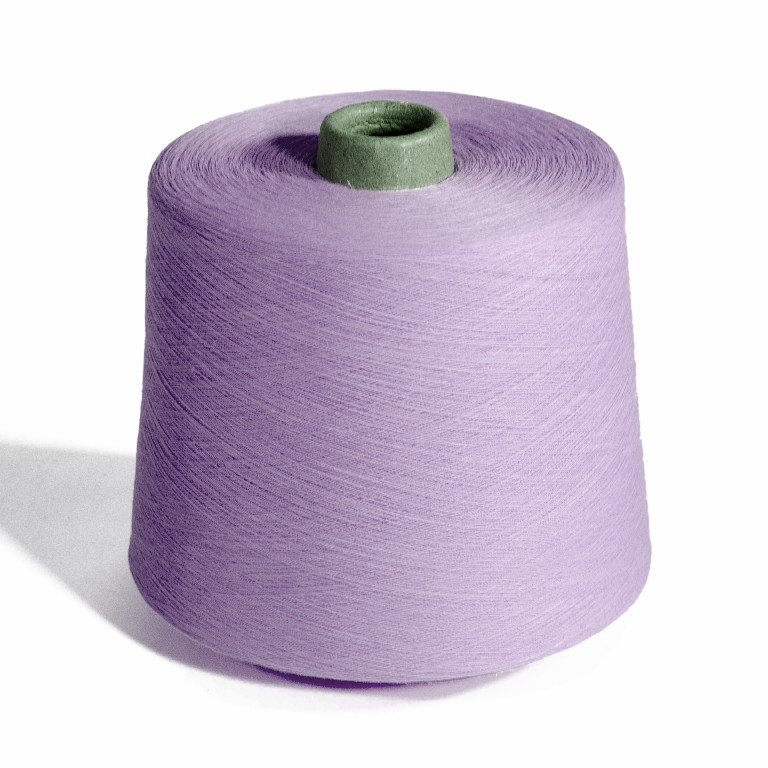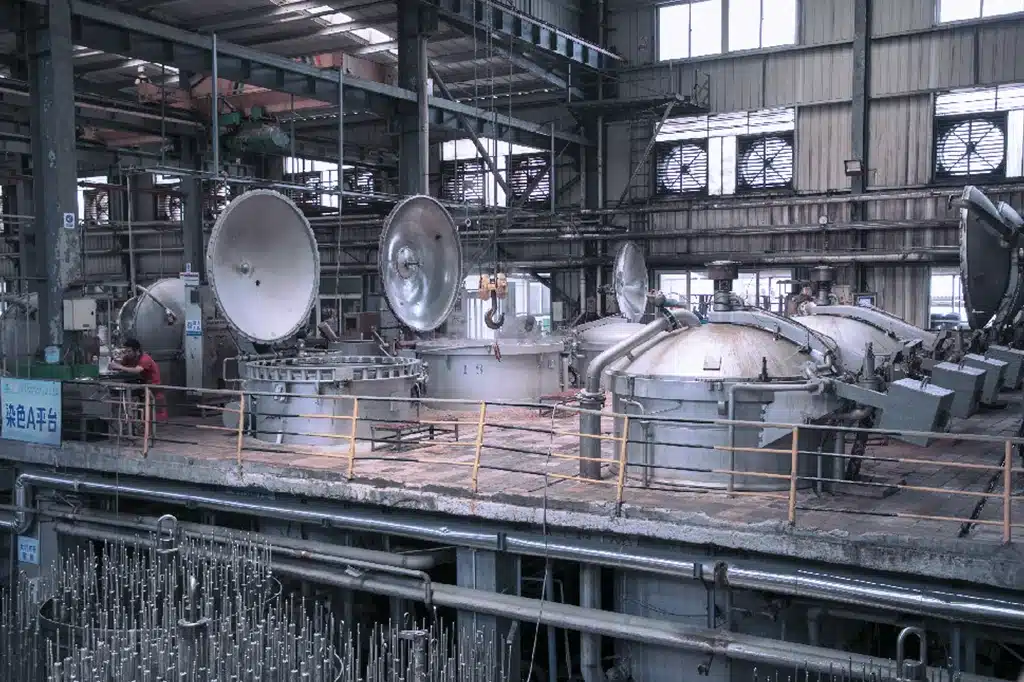Parameters
| Name | Combed cotton yarn |
| Material | 100 percent cotton |
| Type | Spun yarn |
| Technic | Dyed / Ring spun |
| Denier | 21S,32S(Customizable) |
| Luster | Semi-dull |
| Feature | Smooth surface, no cotton knots, comfortable to wear, easy to wash and dry, deodorant, sweat absorption and moisture evaporation |
Product
Production workshop
Video Introduction
Key Word
- 100 cotton yarn
- cotton yarn
- cotton yarn cones
- yarn cotton yarn
Feature
The advantages of YM THREAD ‘s combed cotton yarn
- Good texture: The surface is smooth, soft, and comfortable to the touch.
- Washable and durable: After fine combing and processing, it is not easy to pill or shrink, and it is washable and durable.
- Good breathability: It has good breathability and is comfortable to wear.
- Good moisture absorption: It has good moisture absorption, able to absorb and discharge sweat and moisture on the skin surface, keeping it dry and comfortable.
- Easy to wash and dry: easy to clean and dry after washing, convenient for daily care.
- Deodorization: It has good deodorization performance and can reduce the generation of odors.
- Sweat absorption and moisture evaporation: It can absorb and discharge sweat and moisture on the skin surface, keeping it dry and comfortable.
Application
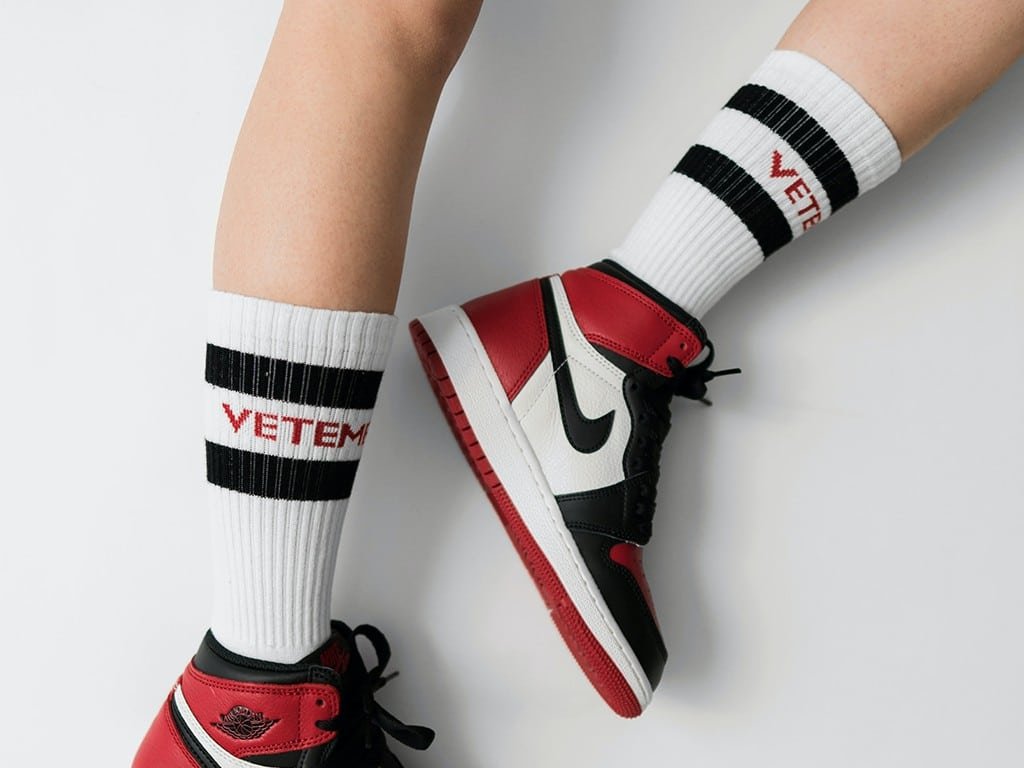
Socks
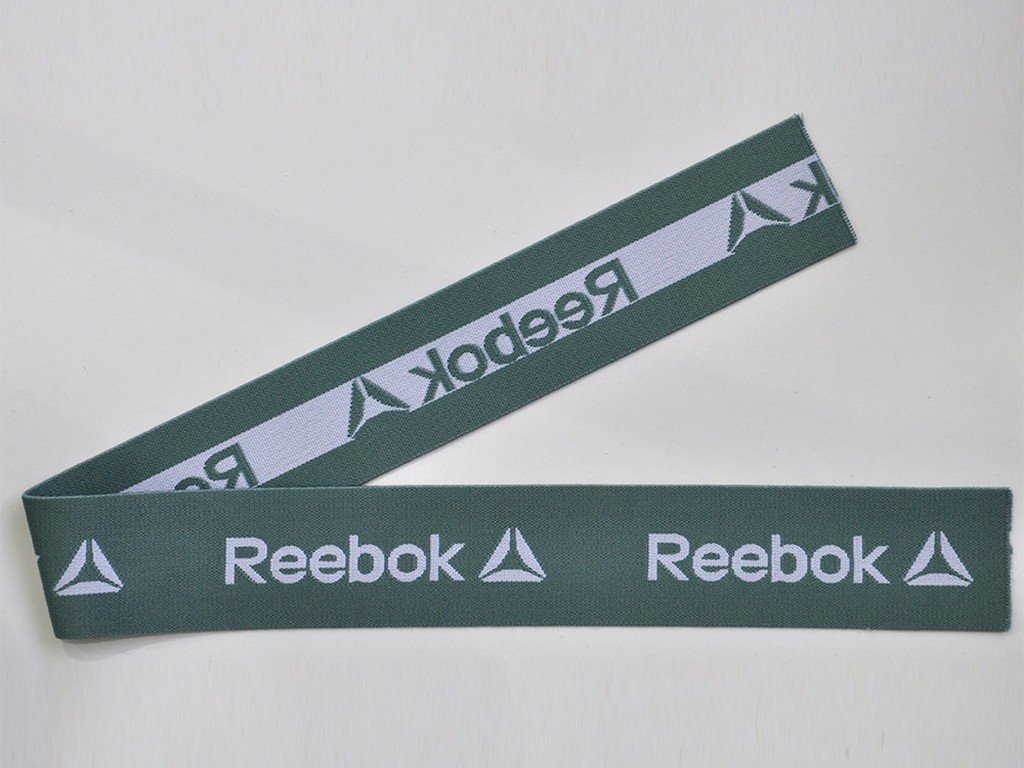
Fabric
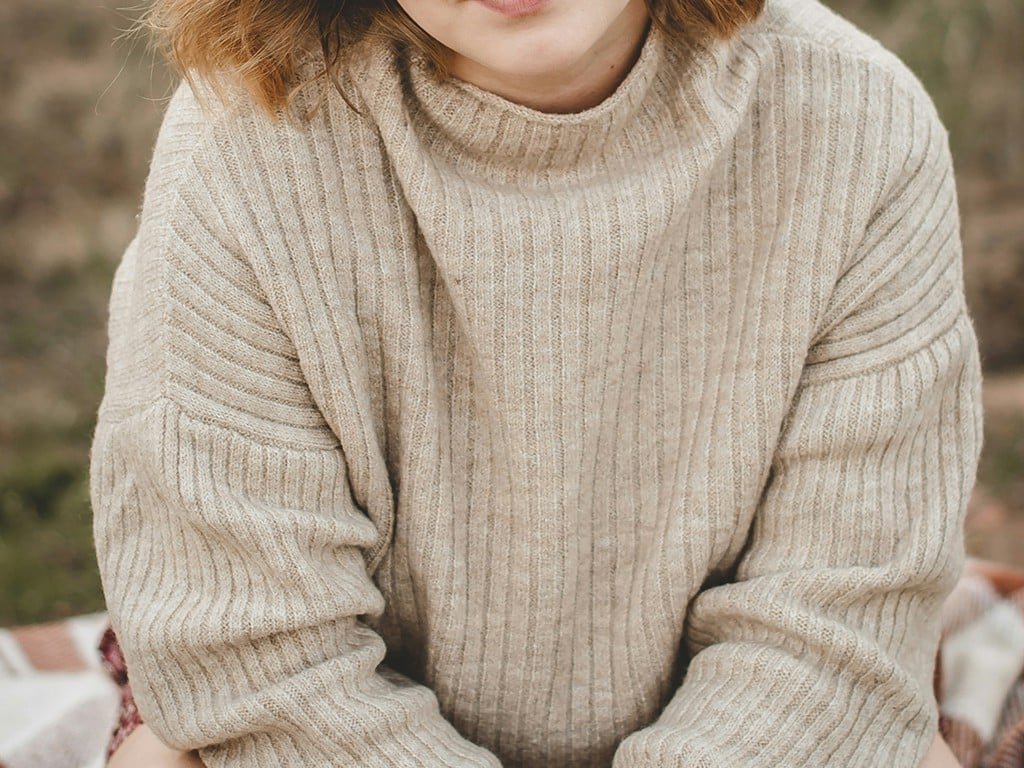
Sweater
Color Card
More
What is combed cotton yarn?
Combed cotton yarn is a high-quality cotton fiber that is processed by a combing machine to remove shorter fibers and impurities, leaving longer, neat, smooth fibers. This fiber has better texture, moisture absorption, breathability, and wash and durability, and is therefore widely used in high-end textile fields.
In the textile process, the comber combs and drafts the cotton fibers, making the combed cotton yarn smoother, more uniform, less prone to pilling, and with a better feel and texture. In contrast, the 100 cotton yarn of combed cotton is coarser and has a poorer texture.
Combed cotton yarn also has better moisture and breathability, which can effectively absorb and discharge sweat and moisture, keeping the skin dry and comfortable. In addition, combed cotton yarn also has good wash and durability, is less prone to shrinkage and deformation, and is convenient for daily cleaning and care.
Is combed cotton better than cotton?
Both combed cotton yarn and 100 cotton yarn have their respective advantages and disadvantages, depending on personal needs and preferences.
Combed cotton yarn is a type of cotton fiber that has been processed through a combing machine to remove shorter fibers and impurities, resulting in fibers with higher length and better uniformity. This fiber is typically smoother, more flexible, and more absorbent than cotton yarn, with a more velvety texture and improved moisture absorption and breathability. However, combed cotton tends to be more expensive than plain cotton.
Cotton yarn, also known as ordinary cotton, is made from natural cotton fibers and is generally less processed than combed cotton. It has a coarser texture and lower fiber length, resulting in a less smooth and less vibrant fabric appearance. However, plain cotton is generally more affordable than combed cotton and is often used for clothing and bedding products due to its good moisture absorption and breathability.
In conclusion, if you prefer a soft, smooth, and velvety texture with excellent moisture absorption and breathability, combed cotton yarn may be a better choice. If you prioritize affordability and good moisture absorption, plain cotton may be a better fit for your needs.
How to produce combed cotton yarn?
| Process Step | Explanation | Machines Used |
| Opening | The cotton is dispersed using mechanical equipment to facilitate subsequent processes. | Opening machine |
| Carding | The cotton is carded using rotating drums and brushes, removing the cotton lint in contact with the seeds. The by-product is called raw cotton lint. | Carding machine |
| Preparing | The raw cotton lint is further processed using multiple rotating fine cylinders and brushes to remove short fibers and impurities, making the fibers longer, smoother, and more uniform. | Preparing machine |
| Scouring and bleaching | The fibers are scoured and bleached to remove any remaining impurities and natural waxy substances, resulting in clean and well-prepared fibers. | Scouring and bleaching machine |
| Spinning | The cleaned and prepared fibers are spun into yarns using a spinning machine. | Spinning machine |
| Weaving | The yarns are woven into cloth using a weaving machine. | Weaving machine |
| Dyeing | The cloth is dyed using dyeing machines, water washers, and dryers to add color and enhance its appearance. | Dyeing machines, water washers, and dryers |
| Finishing | The dyed cloth undergoes finishing processes such as ironing and cutting to meet the requirements of the final product. | Ironing machines and cutting machines |




